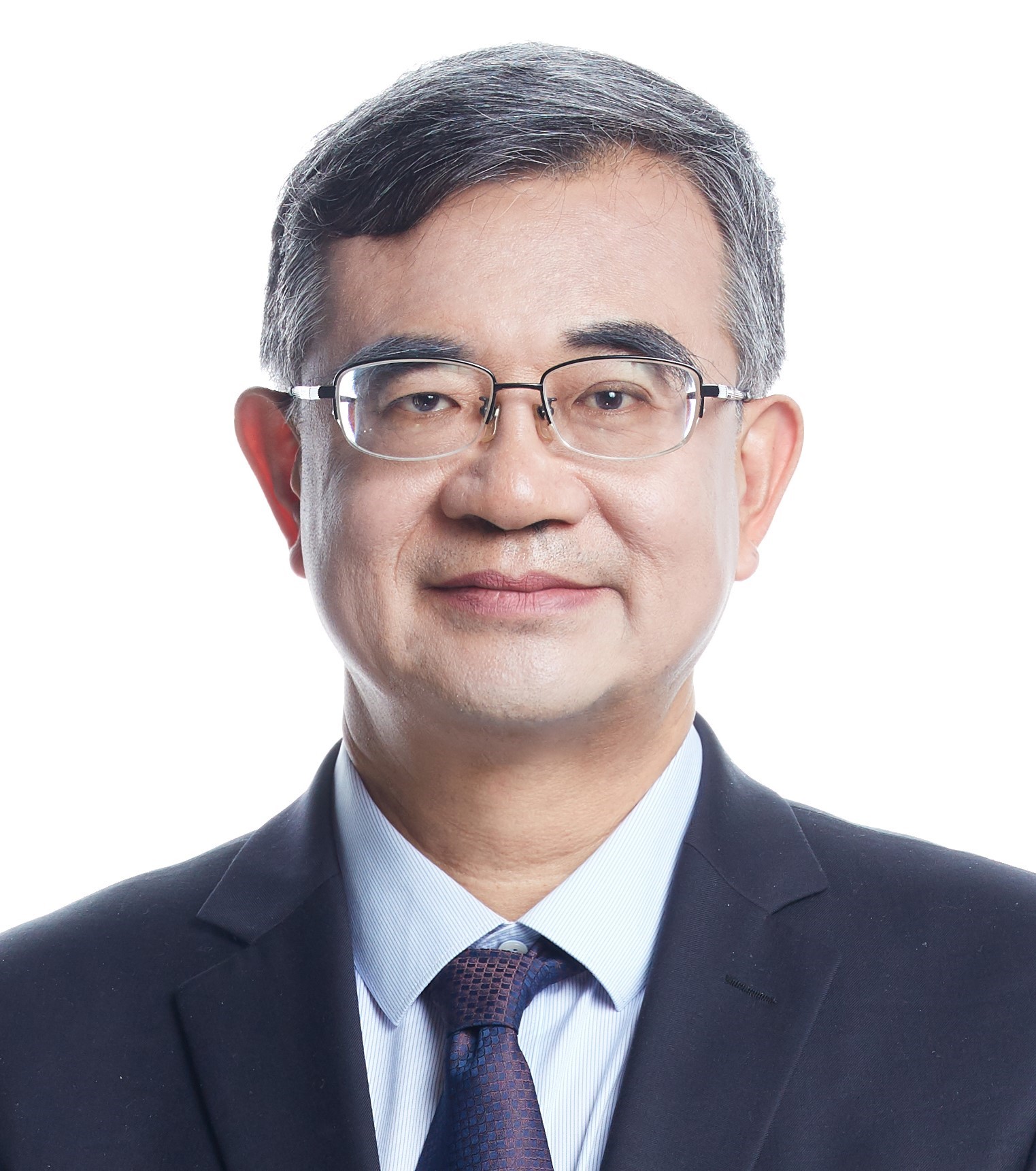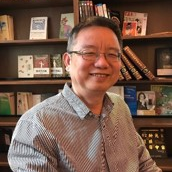Quantum Computing for Complex Dynamics
A special issue of Entropy (ISSN 1099-4300). This special issue belongs to the section "Quantum Information".
Deadline for manuscript submissions: closed (31 October 2022) | Viewed by 15524
Special Issue Editors
Interests: quantum communication; quantum computation; quantum information; quantum secure direct communication; quantum algorithm
Special Issues, Collections and Topics in MDPI journals
Interests: quantum computing; quantum algorithm; quantum simulation; quantum chemistry simulation; quantum optimization algorithms
Interests: 1. quantum computing and quantum information; 2. quantum information processing applications in condensed matter physics; 3. strongly correlated condensed matter systems; 4. statistical models and quantum field theory.
Special Issues, Collections and Topics in MDPI journals
Special Issue Information
Dear Colleagues,
As of the 1980s, physicists combined a quantum mechanical model to computer science, called quantum computers. The quantum computers could perform much better than a classical computer. Since then, the research on quantum computation has been growing rapidly, both in architecture and algorithms.
The complex dynamics are known for their complexity, chaos, and randomness, which widely exist in the field of cryptography, communication, chemistry, and so on. It is hard for classic computers to deal with complex dynamics, while quantum computers act as an ideal tool to calculate and simulate it.
This Special Issue mainly focus on the state-of-the-art of the research in quantum computation and quantum algorithms, in particular, for the computation of the complex dynamics. The topics include, but are not limited to, the following:
- Quantum algorithms
- Quantum circuits;
- Quantum communication;
- Quantum computing;
- Quantum cryptography;
- Quantum computation;
- Quantum computer architecture;
- Quantum information;
- Quantum machine learning;
- Quantum networks and communication;
- Quantum programming;
- Quantum simulation;
- Complex dynamics;
- Open quantum dynamics;
- Computational complexity;
- Quantum chaos;
- Quantum complexity theory;
- Quantum maps;
- Quantum dots.
Prof. Dr. GuiLu Long
Dr. Shijie Wei
Prof. Dr. Heng Fan
Guest Editors
Manuscript Submission Information
Manuscripts should be submitted online at www.mdpi.com by registering and logging in to this website. Once you are registered, click here to go to the submission form. Manuscripts can be submitted until the deadline. All submissions that pass pre-check are peer-reviewed. Accepted papers will be published continuously in the journal (as soon as accepted) and will be listed together on the special issue website. Research articles, review articles as well as short communications are invited. For planned papers, a title and short abstract (about 100 words) can be sent to the Editorial Office for announcement on this website.
Submitted manuscripts should not have been published previously, nor be under consideration for publication elsewhere (except conference proceedings papers). All manuscripts are thoroughly refereed through a single-blind peer-review process. A guide for authors and other relevant information for submission of manuscripts is available on the Instructions for Authors page. Entropy is an international peer-reviewed open access monthly journal published by MDPI.
Please visit the Instructions for Authors page before submitting a manuscript. The Article Processing Charge (APC) for publication in this open access journal is 2600 CHF (Swiss Francs). Submitted papers should be well formatted and use good English. Authors may use MDPI's English editing service prior to publication or during author revisions.








